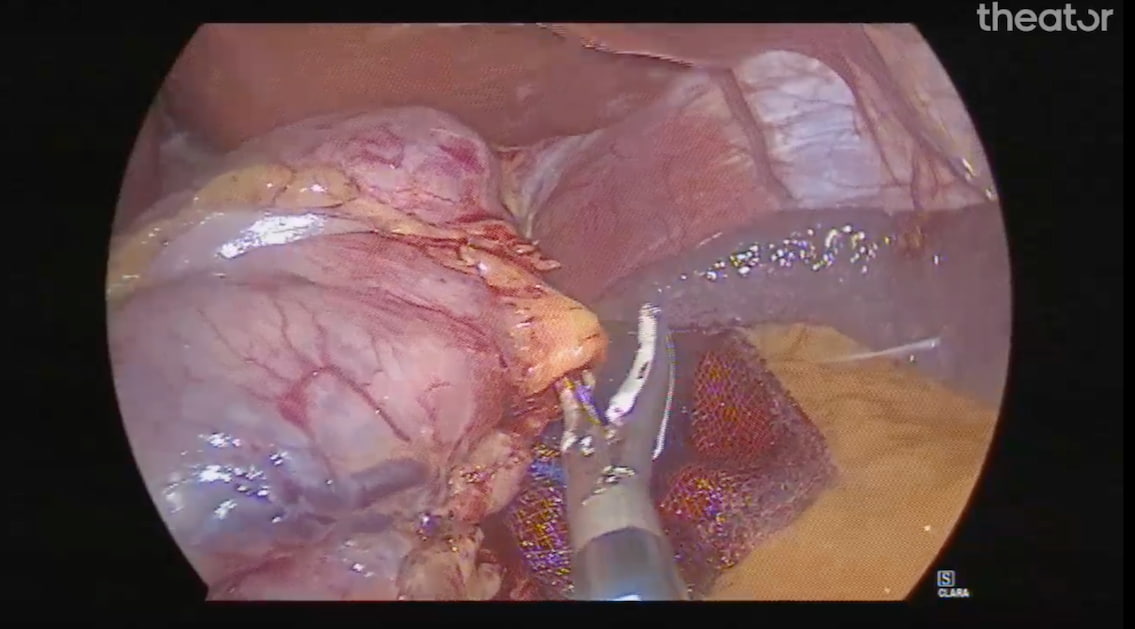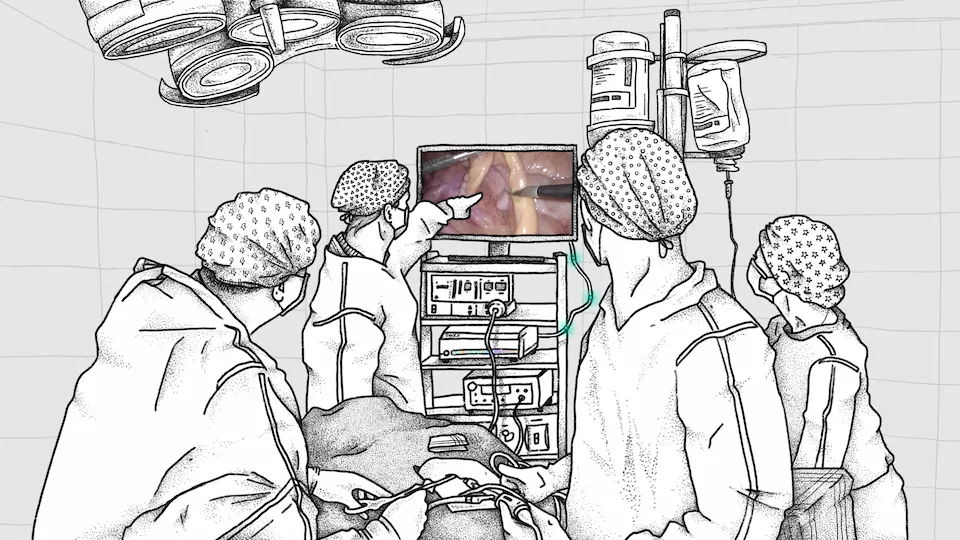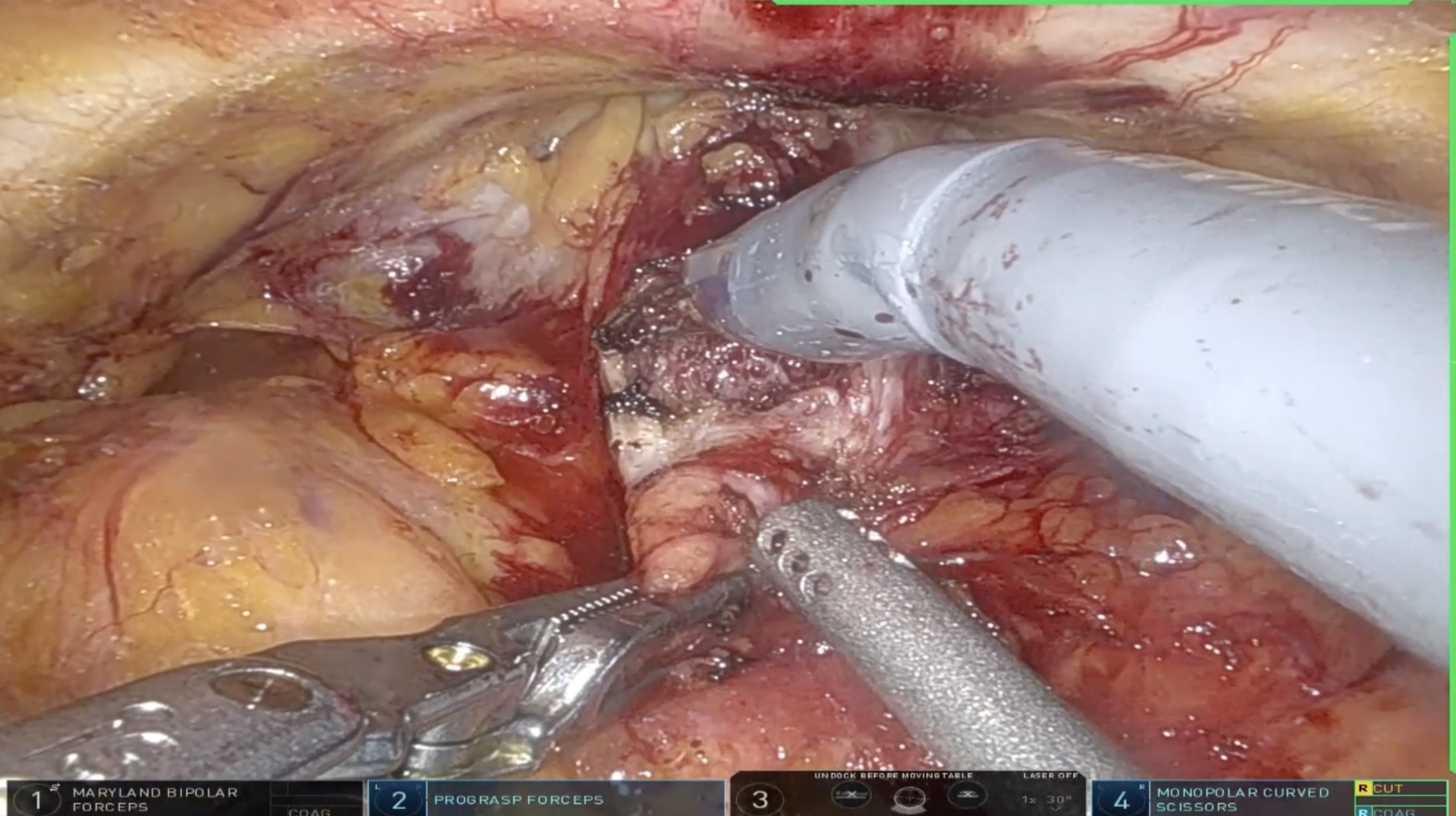Surgery has evolved enormously over the past few decades as a result of transformative scientific and technological innovations. These advancements made surgery a safer, more viable option for many patients seeking definitive treatment for problems that were life-threatening and/or affecting their quality of life, while diminishing their pain and suffering.
Advancement #1: Surgical Staplers
Although the first surgical stapler prototype was created in 1908, the technology wasn’t fully developed and in widespread use until many decades later. Staplers provided a more efficient, accessible option to anastomose digestive organs. They were transformative because the technology decreased variability among surgeons with varying suturing skills, improved efficiency, and facilitated the construction of anastomoses in hard-to-access areas.
Advancement #2: Minimally Invasive Surgery (MIS)
The first laparoscopic cholecystectomy was performed in the 1980s and sparked a revolution in surgical care. Technological advancements, specifically in optics and illumination, have enabled visibility into the body through natural orifices or small incisions. Lighting systems could be attached to cameras allowing well-illuminated and high-resolution images to be displayed on screens, so that the entire surgical team can see into the body and work together to conduct complex surgical procedures.
MIS has continued to evolve at a rapid pace, such that laparoscopic and robotic surgery are now common practice for many surgical procedures in gynecology, general surgery, thoracic surgery, and urology. In fact, Forbes regarded laparoscopy as one of the 30 most impactful technologies in the past 30 years.
Today, the immense benefits of MIS are clear to us. Small incisions reduce pain and recovery time. Less invasive surgeries are associated with lower infection rates, reduced intraoperative bleeding, and improved surgical outcomes.
But, unfortunately, the introduction of minimally invasive surgery was not well controlled. Although outcomes were outstanding when surgery was executed proficiently, there was an increase in life-threatening complications due to procedures executed poorly by surgeons with varying levels of training and competency. The result was significant pushback and even consideration of banning MIS procedures in certain states.
Advancement #3: Artificial intelligence (AI)
The introduction of new devices (e.g., staplers) and techniques (e.g., MIS) into surgical practice have significantly improved the lives of millions of patients. Yet surgical variability still exists, and outcomes differ significantly between individual institutions and surgeons. For example, specialized medical centers have significantly fewer complications than other medical centers.1 Why is this the case? And what can we do about it? One answer is AI.
As surgeons, we believe what we do in the operating room matters. We know that our surgical technique impacts patient outcomes, yet we do not capture what happens in the OR and analyze our performance to understand how. This is likely because we have no simple and reliable way to do so.
But AI can extract data sets from surgical videos and apply computer vision analytics to generate valuable and actionable information. This will allow us to understand how surgical actions influence patient outcomes, and help us to define and disseminate best practices worldwide. Routinely capturing and structuring intraoperative video, coupled with a connection to patient characteristics and outcomes, can provide valuable insights into surgical best practices.
Where do we go from here?
New tools and techniques will no doubt continue to play a role in advancing surgical care. I believe that the current transformative opportunity lies with data and AI.












